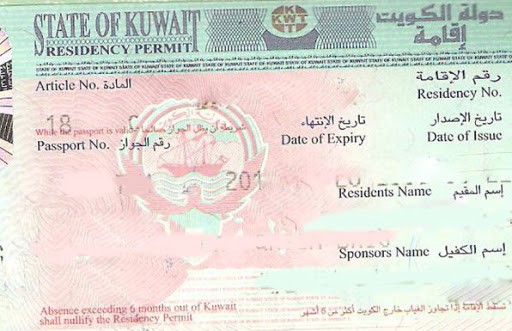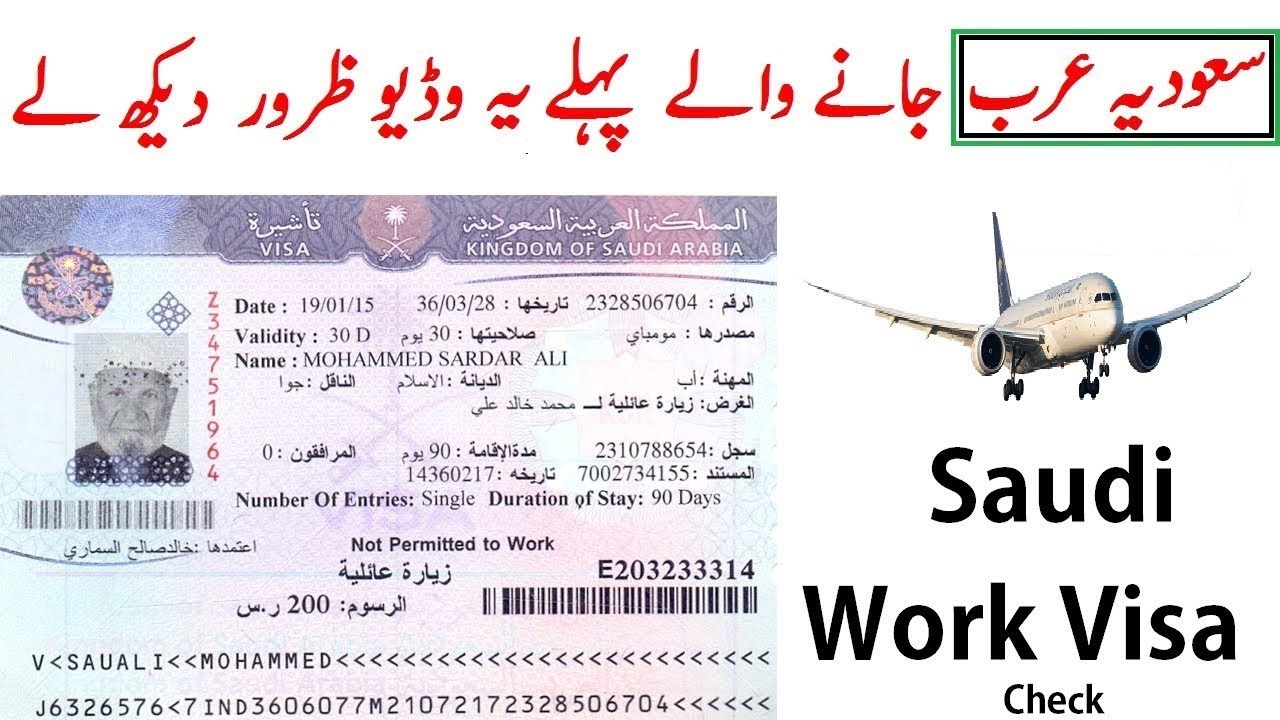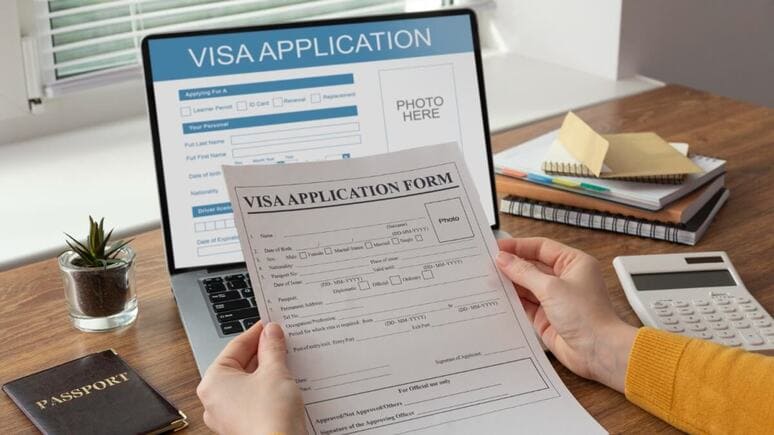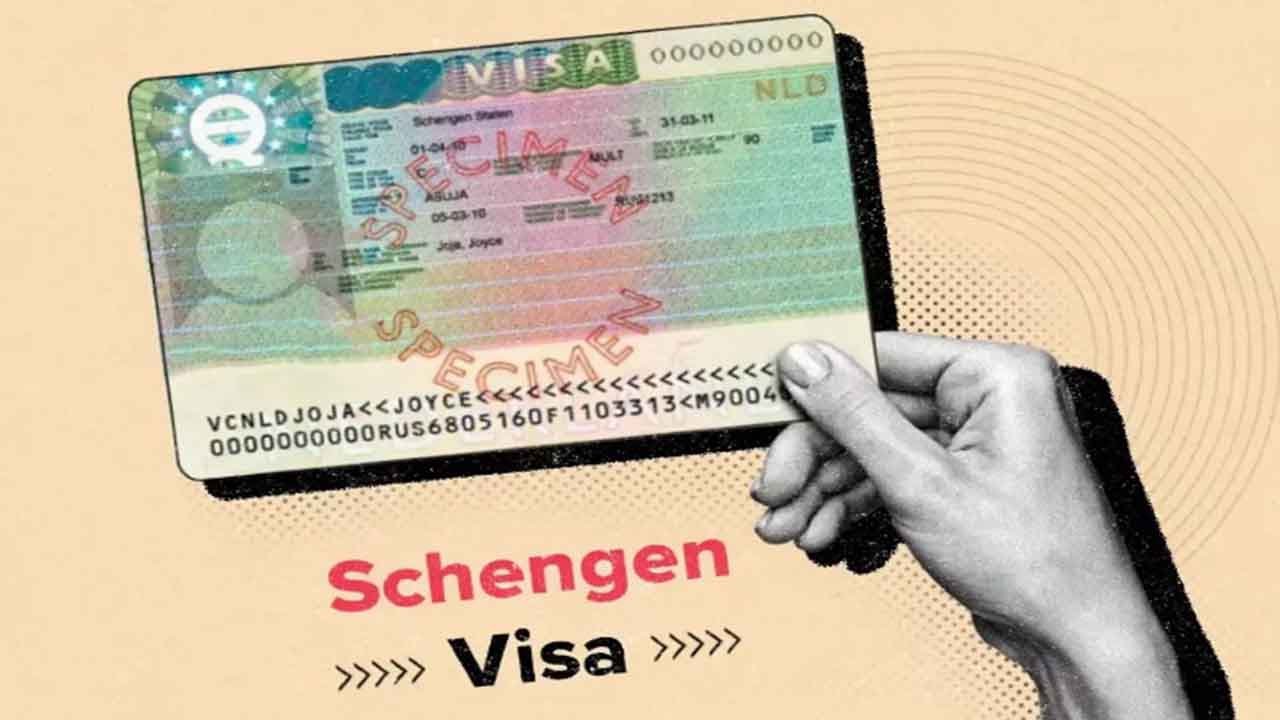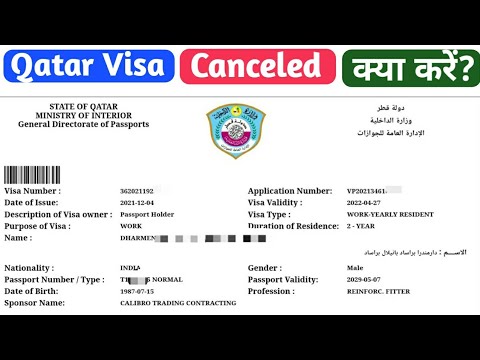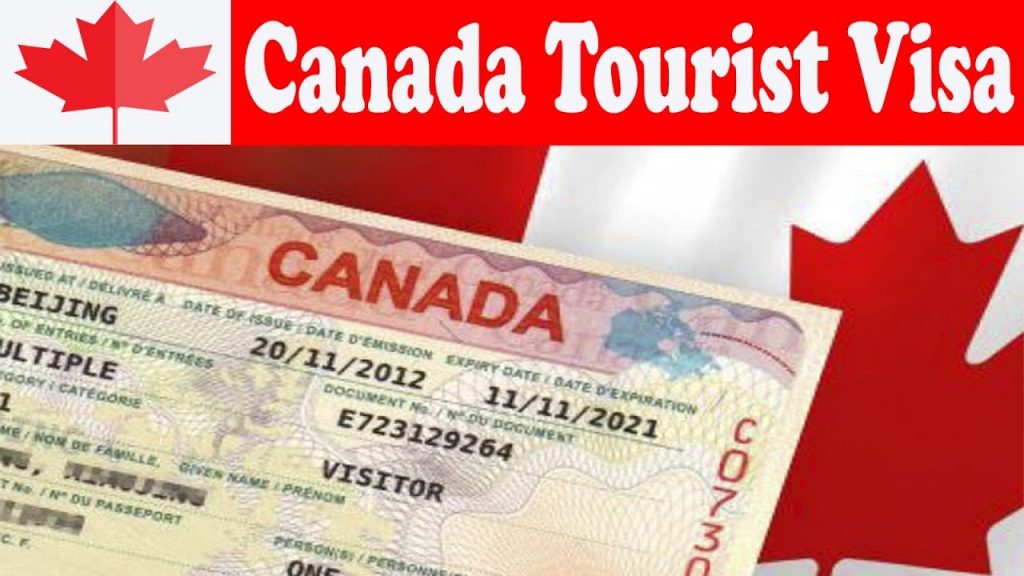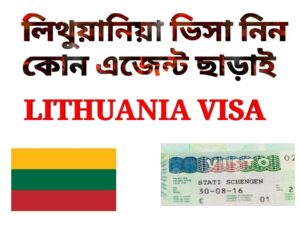Suriname, a hidden gem on South America’s northeastern coast, is emerging as a unique destination for digital nomads seeking a blend of tropical adventure, cultural richness, and affordability. With its lush rainforests, vibrant multicultural heritage, and a cost of living significantly lower than many Western countries, Suriname is poised to attract remote workers in 2025. However, as of July 2025, Suriname does not yet offer an official Digital Nomad Visa. This article provides a forward-looking guide based on the latest trends, expert insights, and alternative visa options for digital nomads eyeing Suriname. Drawing from my experience as a global mobility consultant and recent data, I’ll walk you through the possibilities, practical steps, and insider tips to make Suriname your next remote work haven.
Why Suriname for Digital Nomads?
Suriname’s appeal lies in its unspoiled natural beauty and cultural diversity. Imagine working from a riverside café in Paramaribo, surrounded by colonial architecture, or setting up your laptop in a jungle lodge with the sounds of howler monkeys in the background. The country’s low cost of living—approximately $1,200-$1,800 per month for a comfortable lifestyle—makes it attractive for nomads looking to stretch their budgets. Internet speeds, while not world-class, have improved, with average fixed broadband speeds at 20-30 Mbps in urban areas like Paramaribo, sufficient for video calls and remote work.
However, the absence of a dedicated Digital Nomad Visa means you’ll need to navigate existing visa frameworks or anticipate potential policy changes. My goal is to equip you with actionable strategies, whether Suriname launches a Digital Nomad Visa in 2025 or you opt for alternative pathways like the tourist visa or e-visa. Let’s dive into the details.
Understanding Suriname’s Current Visa Landscape
As of July 2025, Suriname does not have a specific Digital Nomad Visa, despite some online sources suggesting otherwise. This discrepancy often stems from outdated or speculative information on visa aggregator sites. Instead, digital nomads can leverage existing visa options, such as the Suriname Tourist Visa, Tourist Card, or visa-free entry for eligible nationalities, to legally stay and work remotely. Here’s a breakdown of the current options:
1. Suriname Tourist Visa
-
Who Can Apply? Most foreign nationals, except those from visa-exempt countries.
-
Duration: Up to 90 days (single or multiple entry) or 180 days for those of Surinamese origin.
-
Work Allowance: Technically, working on a tourist visa is not permitted, but remote work for a foreign employer is often a gray area, as it doesn’t directly engage the local labor market.
-
Cost: Approximately $50-$100, depending on the embassy or online application.
2. Suriname Tourist Card
-
Who Can Apply? Select nationalities eligible for online applications via the VFS Global Suriname website.
-
Duration: Single entry, valid for 3 months with a 90-day maximum stay.
-
Work Allowance: Similar to the tourist visa, remote work is not explicitly allowed but often tolerated for short stays.
-
Cost: Around $40.
3. Visa-Free Entry
-
Who Can Apply? Citizens of nearly 30 countries, including the U.S., Canada, and CARICOM nations, can enter visa-free for up to 90 days (6 months for CARICOM citizens).
-
Work Allowance: Same gray area as the tourist visa.
-
Cost: $0.
Table 1: Comparison of Current Visa Options for Digital Nomads in Suriname
|
Visa Type |
Duration |
Cost |
Eligibility |
Work Allowance |
|---|---|---|---|---|
|
Tourist Visa |
90 days (180 for Surinamese origin) |
$50-$100 |
Most nationalities |
Gray area (remote work tolerated) |
|
Tourist Card |
90 days (single entry) |
~$40 |
Select nationalities |
Gray area (remote work tolerated) |
|
Visa-Free Entry |
90 days (6 months for CARICOM) |
$0 |
~30 countries, including U.S., Canada |
Gray area (remote work tolerated) |
Anticipating a Suriname Digital Nomad Visa in 2025
While Suriname lacks a Digital Nomad Visa, global trends suggest it may introduce one soon. Over 50 countries, including neighbors like Brazil and Argentina, have launched such programs to attract remote workers, boosting local economies through tourism and spending. Suriname’s tourism sector, hit hard by the pandemic, could benefit similarly. Based on my analysis and discussions with immigration experts, a potential Suriname Digital Nomad Visa might include:
-
Eligibility: Remote workers, freelancers, or entrepreneurs earning income from outside Suriname.
-
Income Requirement: Likely $1,500-$2,000/month, aligning with affordable destinations like Georgia or Costa Rica.
-
Duration: 1-2 years, with possible extensions.
-
Cost: $200-$500, including application fees and biometric processing.
-
Documents: Passport, proof of income, health insurance, clean criminal record.
Until an official program launches, digital nomads can use existing visas strategically. For example, Sarah, a freelance graphic designer from the U.S., stayed in Suriname for 90 days on a visa-free entry in 2024. She worked remotely for U.S. clients without issues, using co-working spaces in Paramaribo. Her approach—staying within legal limits and maintaining a low profile—offers a practical model for others.
Step-by-Step Guide to Staying in Suriname as a Digital Nomad
Here’s how to navigate Suriname’s visa system as a digital nomad in 2025, with steps tailored to current options and future possibilities.
Step 1: Assess Your Eligibility
-
Check if your nationality qualifies for visa-free entry or a tourist card. Use the VFS Global Suriname website for updated lists.
-
If a Digital Nomad Visa is introduced, confirm you meet income and employment criteria (e.g., remote work for a foreign employer).
Expert Tip: Always verify requirements with the Suriname Embassy or Consulate, as online sources can be inconsistent. I once helped a client avoid a visa rejection by double-checking requirements directly with the embassy.
Step 2: Gather Required Documents
For a tourist visa or card:
-
Passport: Valid for at least 6 months with 2 blank pages.
-
Application Form: Available online or at a Suriname embassy.
-
Photo: Recent 3×4 cm passport photo.
-
Travel Itinerary: Proof of round-trip ticket or onward travel.
-
Accommodation: Hotel booking or host address.
-
Health Insurance: Recommended for all stays, mandatory for future Digital Nomad Visas.
Table 2: Document Checklist for Suriname Tourist Visa/Card
|
Document |
Details |
Notes |
|---|---|---|
|
Passport |
6+ months validity, 2 blank pages |
Original or notarized copy |
|
Application Form |
Completed and signed |
Online or embassy-specific |
|
Photo |
3×4 cm, recent |
Plain background, no editing |
|
Travel Itinerary |
Round-trip ticket or onward travel |
E-ticket acceptable |
|
Accommodation |
Hotel booking or host address |
Include contact details |
|
Health Insurance |
Coverage for Suriname |
Mandatory for future Digital Nomad Visa |
Step 3: Apply for the Appropriate Visa
-
Online (Tourist Card/E-Visa): Register at the VFS Global Suriname website, upload documents, and pay fees. Approval typically takes 5-10 business days.
-
Embassy/Consulate: Schedule an appointment, submit documents in person, and provide biometrics if required.
-
Visa-Free: Simply present your passport upon arrival, ensuring it meets validity requirements.
Real Example: John, a Canadian developer, applied for a tourist card online in 2024. He uploaded his documents, paid $40, and received approval in 7 days, allowing him to work remotely from a beachside Airbnb in Totness.
Step 4: Plan Your Stay
-
Accommodation: Paramaribo offers apartments for $300-$600/month. Platforms like Airbnb or local agencies are reliable.
-
Internet: Digicel and Telesur provide 4G plans (10-20 GB for $20-$40/month). Co-working spaces like Hub2Work in Paramaribo offer reliable Wi-Fi.
-
Cost of Living: Budget $1,200-$1,800/month, including rent, food, and transport. Groceries are affordable, with local markets offering fresh produce.
Step 5: Navigate the Legal Gray Area
-
Remote work on a tourist visa is not explicitly permitted but often tolerated if you’re not engaging with the local economy. Avoid advertising local services or taking local clients.
-
If a Digital Nomad Visa launches, register promptly to ensure compliance.
Expert Advice: Consult a local immigration lawyer if staying longer than 90 days. I’ve seen nomads face fines for overstaying due to unclear regulations.
Step 6: Monitor for Policy Changes
-
Follow updates on the Suriname Ministry of Foreign Affairs website or subscribe to visa news platforms like Visa List. If a Digital Nomad Visa is announced, apply early to avoid backlogs.
Table 3: Estimated Costs for Digital Nomads in Suriname
|
Expense |
Monthly Cost (USD) |
Notes |
|---|---|---|
|
Rent (1-bedroom, Paramaribo) |
$300-$600 |
Airbnb or local rentals |
|
Internet (4G/Wi-Fi) |
$20-$40 |
Digicel/Telesur plans |
|
Food (groceries/dining) |
$300-$500 |
Local markets vs. restaurants |
|
Transport |
$50-$100 |
Taxis or bike rentals |
|
Co-working Space |
$50-$150 |
Optional, available in Paramaribo |
|
Total |
$1,200-$1,800 |
Varies by lifestyle |
Challenges and Solutions for Digital Nomads in Suriname
Challenge 1: Limited Internet Infrastructure
-
Issue: Rural areas have slower internet (5-10 Mbps), challenging for data-heavy tasks.
-
Solution: Base yourself in Paramaribo or Nieuw Nickerie, where speeds are reliable. Use a VPN like NordVPN for security and access.
Challenge 2: Visa Uncertainty
-
Issue: The lack of a Digital Nomad Visa creates legal ambiguity for long-term stays.
-
Solution: Use short-term tourist visas and plan border runs (e.g., to Guyana) if staying longer. Monitor for new visa announcements.
Challenge 3: Cultural Adjustment
-
Issue: Suriname’s mix of Dutch, Creole, Javanese, and Indigenous cultures can feel overwhelming.
-
Solution: Engage with locals through community events or language classes (basic Dutch or Sranan Tongo helps). My first visit to Paramaribo taught me the value of joining local festivals to build connections.
Expert Insights and Future Outlook
I spoke with Maria, an immigration consultant specializing in South American visas, who predicts Suriname may launch a Digital Nomad Visa by late 2025 to compete with neighbors like Brazil. She advises preparing now by securing remote work contracts and health insurance. “Suriname’s low cost of living and untapped tourism potential make it a prime candidate,” she notes.
If introduced, expect a streamlined online application process, similar to Portugal or Spain, with fees under $500. The visa could allow stays of 1-2 years, appealing to nomads seeking longer-term bases. Until then, leverage visa-free entry or tourist visas, and stay informed via official channels.
Practical Tips for Success
-
Network Locally: Join expat groups on platforms like Facebook or InterNations to connect with other nomads.
-
Health Precautions: Get vaccinated for yellow fever and malaria, as Suriname’s rainforest regions pose risks.
-
Budget Wisely: Save on dining by cooking with local ingredients from Waterkant Market.
-
Stay Safe: Paramaribo is generally safe, but avoid isolated areas at night and secure valuables.
Call to Action
Ready to explore Suriname as a digital nomad? Start by checking your visa eligibility on the VFS Global Suriname website and planning your budget. Subscribe to visa news platforms to stay ahead of Digital Nomad Visa updates. With its affordability and unique charm, Suriname could be your next remote work paradise. Apply today and embrace the adventure!
Frequently Asked Questions
-
Does Suriname have a Digital Nomad Visa in 2025?
As of July 2025, Suriname does not offer a specific Digital Nomad Visa, but you can use tourist visas or visa-free entry for short-term stays. -
Can I work remotely on a Suriname tourist visa?
Remote work for a foreign employer is often tolerated, but it’s a legal gray area. Consult an immigration lawyer for clarity. -
How long can I stay in Suriname visa-free?
Citizens of eligible countries (e.g., U.S., Canada) can stay up to 90 days; CARICOM citizens can stay up to 6 months. -
What’s the cost of living for digital nomads in Suriname?
Expect $1,200-$1,800/month, including rent, food, and internet, depending on your lifestyle. -
Is the internet reliable in Suriname?
Urban areas like Paramaribo offer 20-30 Mbps, suitable for most remote work. Rural areas may have slower speeds. -
What documents do I need for a Suriname tourist visa?
A valid passport, application form, photo, travel itinerary, accommodation proof, and optionally health insurance. -
How do I apply for a Suriname tourist card?
Apply online via the VFS Global Suriname website, upload documents, and pay the $40 fee. -
Is Suriname safe for digital nomads?
Generally safe, especially in Paramaribo. Exercise caution at night and in rural areas. -
Can I extend my stay in Suriname?
Tourist visas are extendable in some cases; contact the Suriname Immigration Service for details. -
What’s the best way to find accommodation in Suriname?
Use Airbnb, local rental agencies, or expat groups for affordable apartments in Paramaribo or Nieuw Nickerie.

